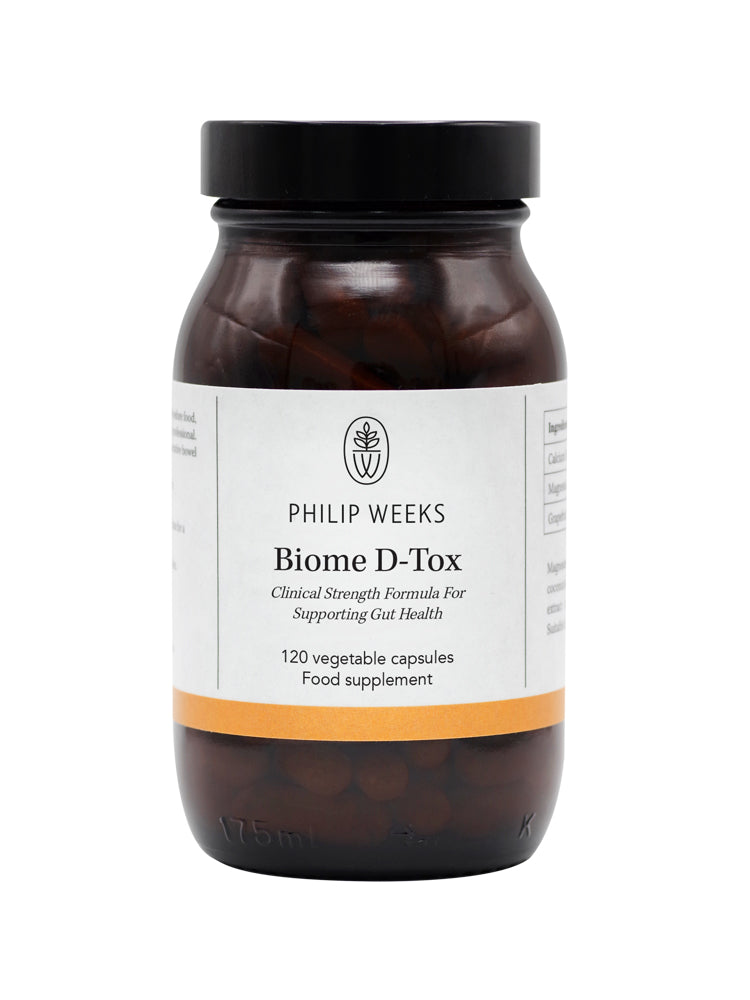The emergence of complex chronic illnesses often has a strong link to environmental toxicity.
Throughout our lives exposure to harmful substances can contributes to lasting health challenges. These toxic elements, originating from sources like air pollution, contaminated water, and hazardous chemicals in the food supply can be a significant factor undermining our well-being and resilience. Over time, these substances accumulate within our bodies, specifically in our adipose tissue (fat cells) and certain organ systems, disrupting natural processes and paving the way for chronic health conditions.
Toxic build up: A Silent Culprit
The slow accumulation of toxins within the body and their role in complex chronic illness is a factor often ignored in disease research such as with autoimmune and degenerative conditions. It is not just age that makes us more likely to develop diseases, it is also the rate that we accumulate these environmental contaminants.
Sources of Environmental Toxins
- Air Pollution: Industrial emissions, vehicle exhausts, and other pollutants release harmful substances into the air. When we breathe in polluted air, these toxins can enter our bloodstream and affect various organs.
- Pesticides and Herbicides: Agricultural practices involve the use of chemicals to enhance crop growth and protect against pests. Residues specifically from industrial farming can end up in the food we consume.
- Plastics and Chemicals: Such as those used in food packaging, can leach harmful compounds like bisphenol A (BPA) and phthalates into our food and drinks. These compounds are known to disrupt hormones and impact health.
- Toxic Metals: Lead, mercury, cadmium and aluminium are naturally occurring elements but can be released into the environment through industrial processes. Amalgam fillings, tap water, deodorants and tin foil are common sources of toxic metals.
- Industrial Chemicals: Chemicals used in manufacturing, such as polychlorinated biphenyls (PCBs), are persistent and can accumulate in the environment. PCBs have been linked to various health issues, including endocrine disruption and cancer.
Impact on the Body
- Endocrine Disruption: Many environmental toxins, such as BPA and phthalates are endocrine disruptors. They interfere with hormone function, leading to a range of health problems, including reproductive issues, developmental disorders, and metabolic imbalances.
- Neurological Effects: Some toxins can affect the nervous system, leading to cognitive and behavioural changes. Heavy metals like lead have been linked to developmental delays in children and cognitive decline in adults.
- Cancer: Prolonged exposure to certain toxins, such as those found in polluted air and contaminated water, can increase the risk of cancer. Carcinogenic substances may damage DNA and lead to the development of cancerous cells.
- Respiratory Issues: Air pollutants can cause respiratory problems such as asthma, bronchitis, and other chronic lung diseases. These toxins irritate the respiratory system and worsen existing conditions.
- Cardiovascular Effects: Environmental toxins like air pollutants have been associated with an increased risk of cardiovascular diseases. They can contribute to inflammation, oxidative stress, and plaque build-up in blood vessels.
Super depressing, I know! However, there are things that we can do to make a difference.
Sweating: A Natural Pathway to Reduce Toxic Load in the Body
The body does have natural detoxification pathways which can often be enhanced with nutrition and other measures.
Sweating can play a crucial role in reducing the toxic load. Research has shown that sweating can help excrete:
- Toxic metals: Studies have indicated that through sweat, the body can release higher amounts of aluminium, cadmium, cobalt, and lead compared to urine.
- Endocrine Disruptors: Substances like bisphenol A (BPA) and phthalates are commonly found in plastics and other products. Sweating provides a pathway for these endocrine disruptors to exit the body.
- Removal of Environmental Chemicals: Our modern environment exposes us to various chemicals found in products, air, and water. Sweating can help eliminate some of these chemicals from the body, including those from air pollutants, pesticides, and industrial compounds. By promoting the excretion of these substances through sweat, the body reduces its overall toxic load.
Incorporating Sweating for Detoxification:
- Saunas can trigger intense sweating, aiding in the removal of toxins.
- Physical Activity: Engaging in regular exercise not only supports overall health but also stimulates sweating. Cardiovascular activities like running, cycling, and aerobics promote increased blood circulation and sweating.
- Hot Yoga: Practicing yoga in a heated room encourages both flexibility and sweating, providing a double benefit for detoxification.
- Hot Baths: can induce sweating and help release toxins through the skin.
Hydration: Adequate hydration is essential for effective detoxification. Drinking water with electrolytes replenishes lost fluids due to sweating as does drinking broths, soups and herb teas.
Sweating is more than just a bodily response to heat; it's a dynamic process that aids in reducing the toxic load our bodies accumulate from the environment. Through sweating, we can promote the excretion of heavy metals, endocrine disruptors, and environmental chemicals, supporting our overall health and well-being. Incorporating activities that induce sweating, along with maintaining proper hydration, can play a significant role in optimizing the body's natural detoxification mechanisms.
Genuis SJ; Beesoon S; Lobo RA; Birkholz D (2012). Human elimination of phthalate compounds: blood, urine, and sweat (BUS) study. ScientificWorldJournal 2012, .
Genuis SJ; Beesoon S; Birkholz D (2013). Biomonitoring and Elimination of Perfluorinated Compounds and Polychlorinated Biphenyls through Perspiration: Blood, Urine, and Sweat Study. ISRN Toxicol 2013, .
Meeker JD; Ferguson KK (2014). Urinary phthalate metabolites are associated with decreased serum testosterone in men, women, and children from NHANES 2011-2012. J Clin Endocrinol Metab 99, 11.













